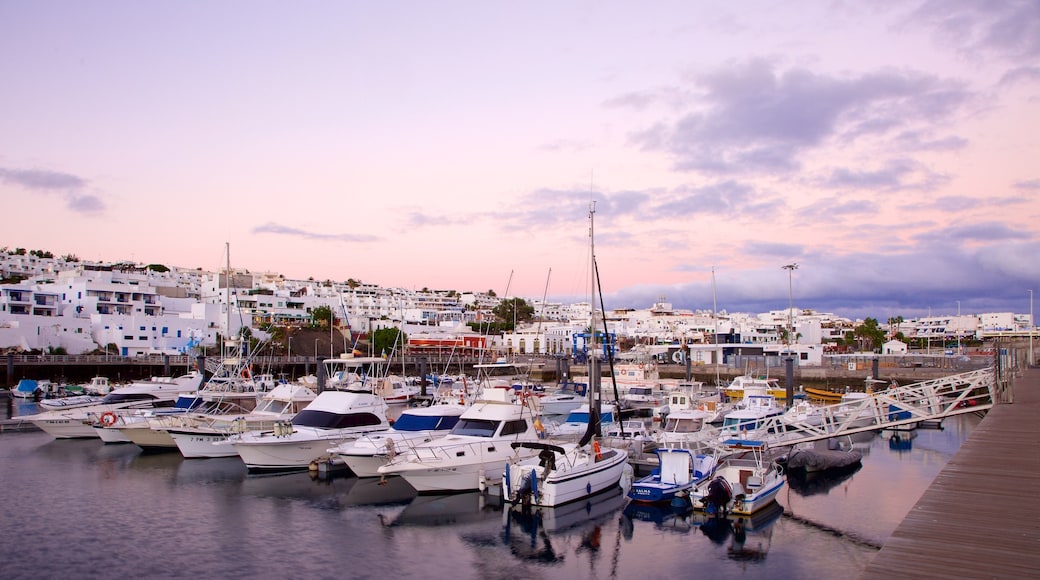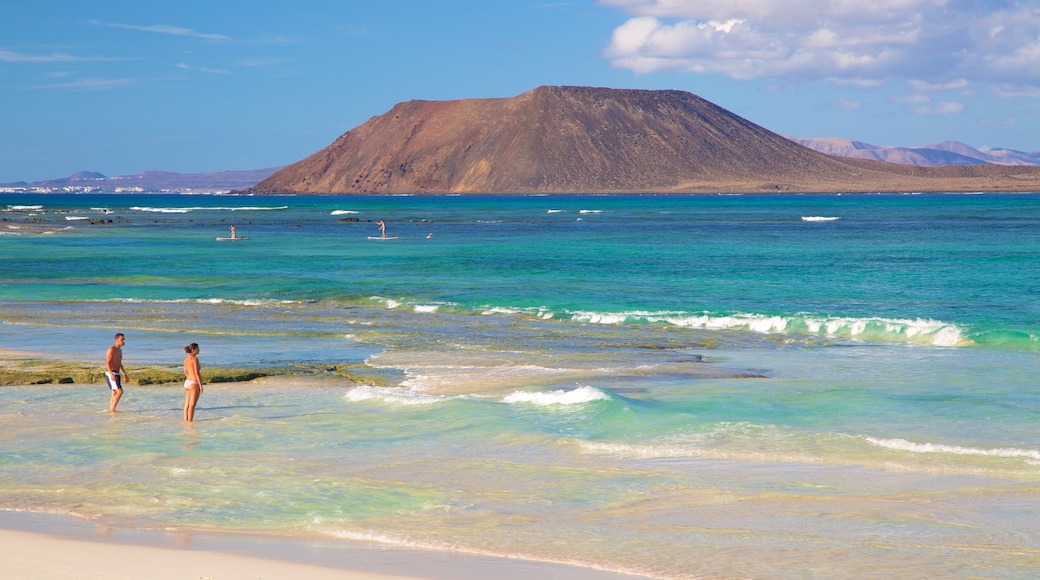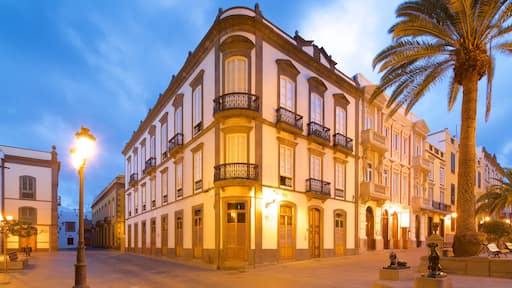Although they are closer to Africa than to Europe, the seven large Canary Islands and smaller islets offer a fascinating glimpse of Spanish development in a gorgeous tropical setting. Plan a beach vacation and discover much, much more.
Over 40 percent of the lands and waters of the Canary Islands are protected parks and reserves. Enjoy varied terrain of volcanoes, laurel forests and natural swimming pools. Visit some of the four national parks, three marine reserves and seven biosphere reserves.
All seven islands have exceptional dive sites, with clear water to 100 feet (30 meters) deep. Investigate the Gran Canaria wreck of the Plasencia and explore the underwater lava of Punta Restinga on El Hierro. If you’re not a diver, try snorkeling in the warm waters, a comfortable temperature year-round.
Tenerife is the largest island. Ride a cable car or hike to the top of its volcanic Mount Teide, the islands’ highest peak. In Santa Cruz de Tenerife, see 17th-century buildings with Islamic and Spanish architectural influence. Drive to Costa Adeje for superb beaches and exciting water parks.
For an otherworldly experience, ride a camel over the multicolored lava rocks of Timanfaya National Park, part of a UNESCO biosphere on Lanzarote. Appreciate the contrasting lush forests of laurel and ferns of Garajonay National Park on La Gomera. Walk among pine trees and gaze into a volcanic cleft nearly 1 mile (1.5 kilometers) deep in La Caldera de Taburiente National Park on La Palma.
Climb the sand dunes of Corralejo Dunes Natural Park on Fuerteventura or windsurf off its western coast. Take a water taxi to the small, uninhabited Lobos Island to enjoy the shallow lagoons. Look for some of the thousands of plant and animal species endemic to the islands and surrounding waters.
Fly to the main Canary Island airports on Tenerife or Gran Canaria and fly, ferry or sail between islands. Rent a car to explore your home island or simply find your favorite beach spot and enjoy days of quiet relaxation.















